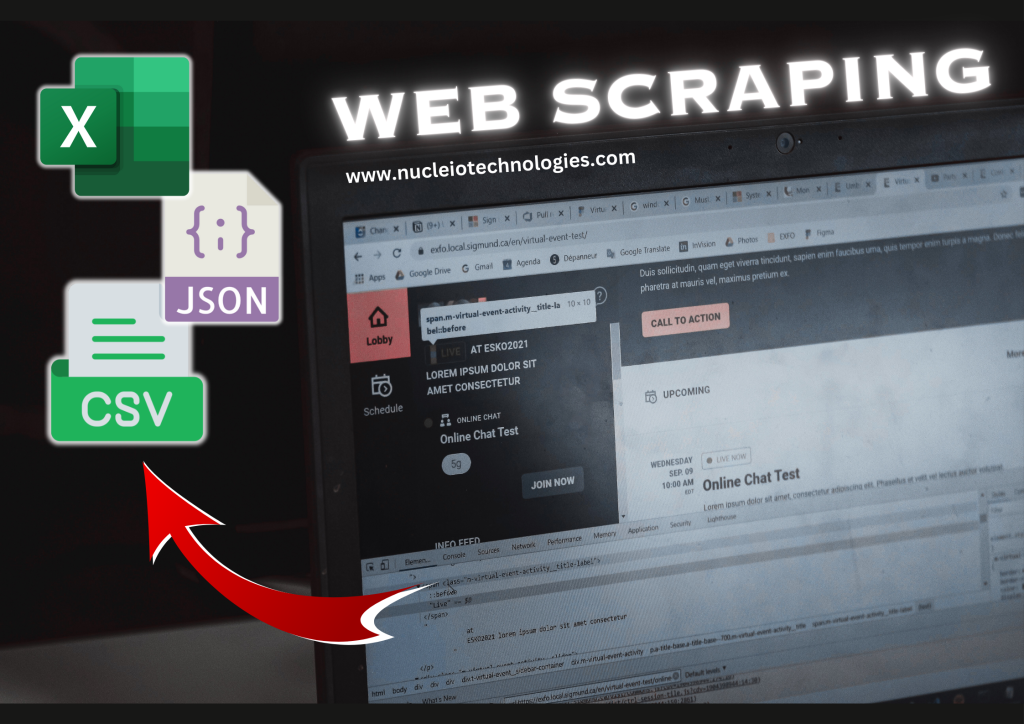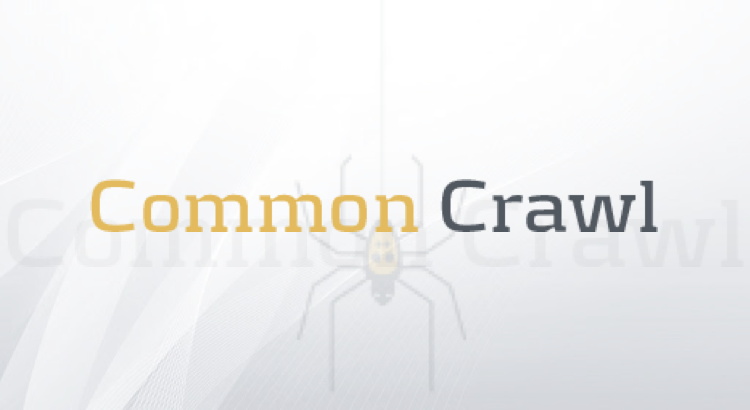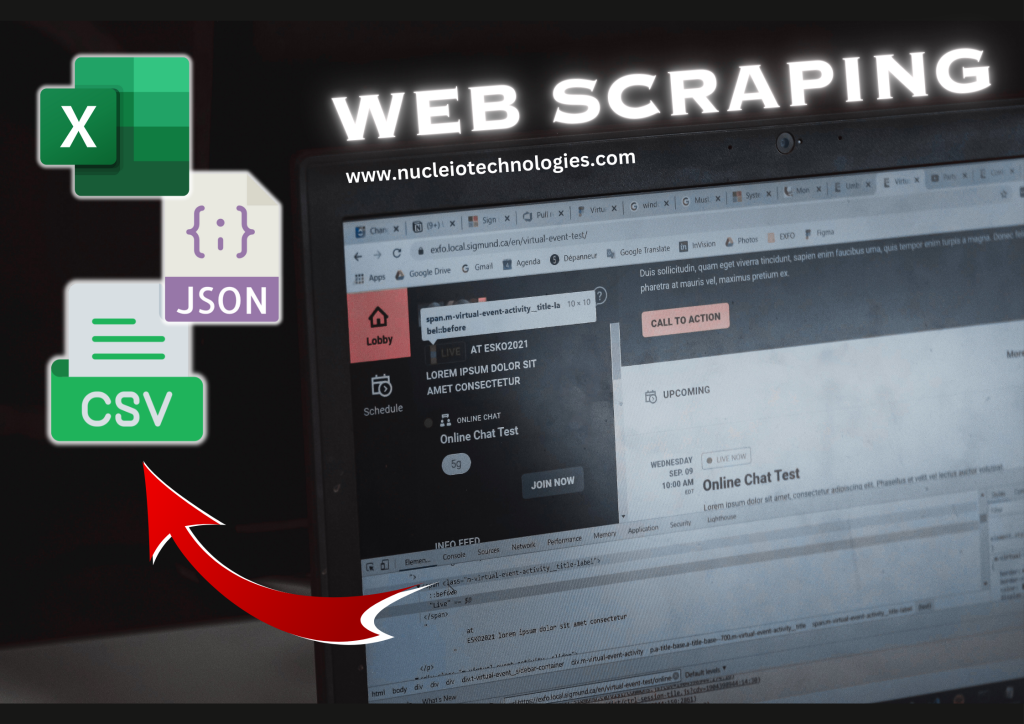
Users employ web scraping as a method to gather data from websites, automating the process by fetching web pages, parsing their content, and extracting pertinent information.
This process can be executed through various tools, libraries, and programming languages.
While one can manually scrape the web, the general preference leans towards automated tools for scraping web data due to their cost-effectiveness and faster processing capabilities in most instances.
how does web scraping works?
Web scrapers work by automating the process of extracting data from websites. The general steps involved in the functioning of web scrapers are as follows:
- Initially, the web scraper receives one or more URLs to load before initiating the scraping process.
- Following this, the scraper proceeds to extract either all the data present on the page or specific data as chosen by the user prior to commencing the project.
- Ideally, users engage in a selection process to pinpoint the specific data they require from the page.
- Lastly, the web scraper compiles all the gathered data and presents it in a format that is more user-friendly and convenient for further utilization.
What are web scraping tools?
A web scraping tool is a software application, library, or even an extension designed to automate the extraction of data from websites. Many users commonly use the following tools today.
1. Common Crawl

This provides accessible datasets with raw web page data and text extractions. It’s commonly used by university students, those exploring data science, researchers looking for new topics, or curious individuals keen on discovering patterns and trends.
2. Web Scraper.Io

A free extension for the Google Chrome browser, it lets users collect data from public websites using HTML and CSS. The extracted data can be saved in a CSV file, compatible with spreadsheet software such as Excel or Google Sheets.
3. Webz.io

This is a real-time, enterprise-level web scraping tool that extracts well-organized and clean data from diverse online sources. The data this scraper has includes sentiment and entity recognition and is accessible in formats like XML and JSON.
4. ParseHub

It is a visual data extraction tool that enables users to transform web data into a structured format. It provides a user-friendly interface where users can point and click on the elements of a webpage they want to scrape.
5. ScrapingBee

Provides an API for web scraping, capable of effectively handling intricate JavaScript pages and converting them into raw HTML for your utilization.
Conclusion
As an ending statement, it is essential for users to employ these tools responsibly and ethically. Additionally, adhering to legal regulations, respecting website terms of service, and conscientiously considering the ethical aspects of web scraping are of utmost importance.
The constantly changing landscape of technology guarantees the ongoing evolution of web scrapers, offering creative solutions for navigating the ever-expanding world of web information.
Thus, as users leverage the capabilities of web scrapers, striking a balance between technological proficiency and ethical considerations is crucial for optimizing their advantages while upholding integrity in the digital domain.
References:

